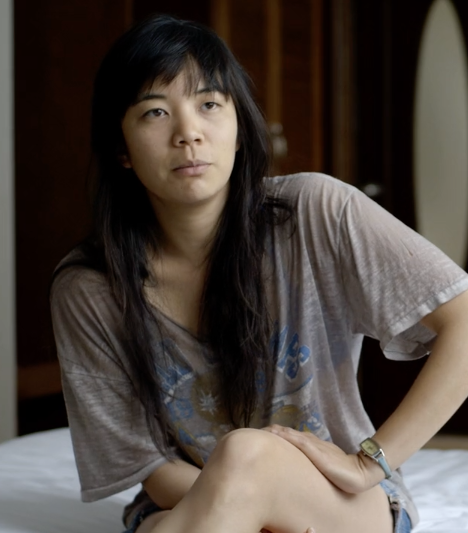With shows like “Fresh Off the Boat” dominating the Tuesday night comedy scene and “Master of None” nabbing Emmy nods and critical approval, it seems like a better time than it has ever been to be an Asian American or Pacific Islander on television, but are things really as they seem?
Biola University’s sociology scholar Nancy Wang Yuen and her colleagues are the authors of “Tokens on the Small Screen: Asian Americans and Pacific Islanders in Prime Time and Streaming Television,” a multi-university study examining APA representation on TV during the 2015-2016 season.
The study is a 10-year follow-up to the authors’ 2005-2006 study, which found that APA were grossly underrepresented on primetime and streaming TV. The study is especially timely given several developments in the entertainment industry, such as the ubiquitousness of streaming services like Netflix, growing popularity of premium cable channels like HBO and the increasing demand for diversity in Hollywood following numerous whitewashing scandals.
Here are 8 main takeaways from “Tokens on the Small Screen”:
1. TV Still So White
White actors and actresses have 70 percent of series regular roles on primetime TV. Mono-racial APA made up 4.3 percent of series regulars on TV despite accounting for 5.9 percent of the U.S. population. In the 2015-2016 season, only four Pacific Islanders had series regular roles, making up just 0.2 percent of all series regular roles.
2. M.I.A.
Of the 242 television shows across all platforms, 155 had no APA regulars at all. This is especially problematic for TV shows set in diverse locations like New York, Los Angeles and Seattle, where AAPI have a substantial presence in the community. Of the total 2015-2016 shows set in New York, 70 percent had no AAPI regulars. Of the total shows set in Los Angeles, 53 percent had no APA regulars.
3. Forever Alone
Characters grow in complexity when they are allowed to engage in romantic or familial relationships. In the 2015-2016 television season, three times as many white series regulars had romantic or familial relationships as APA regulars, limiting the depth of APA characters and the audience’s ability to relate with them.
4. 15 Minutes of Fame
Even APA who have regular starring roles often do not get a substantial amount of screentime. This study found that 87 percent of APA regulars are on screen for less than half the time, and 17 percent of APA regulars have the lowest amount of screen time among the regular cast.
5. There Can Only Be One
Tokenism is still a widespread practice in the television industry. Sixty-eight percent of TV shows have just one APA series regular.
6. Disappearing
In the 2015-2015 TV season, over a third of all APAs in series regular roles appeared in 11 shows, over half of which were cancelled, including Ken Jeong’s “Dr. Ken” and Netflix’s “Marco Polo.”
7. Stereotyped
Despite the success of some APA-led shows, the overall television landscape is still filled with stereotyped representations of perpetual foreigners, Asian sidekicks, model minorities, emasculated men and hypersexualized women.
8. Standouts
There have been, however, a handful of exemplary shows signaling progress. The study praised Riz Ahmed’s performance in HBO’s “The Night Of,” Aziz Ansari and Alan Yang’s “Master of None,” Steven Yeun’s beloved Glenn Rhee on “The Walking Dead” and the cast of “Fresh Off the Boat” for respectful, complex and nuanced portrayals of APA characters.









